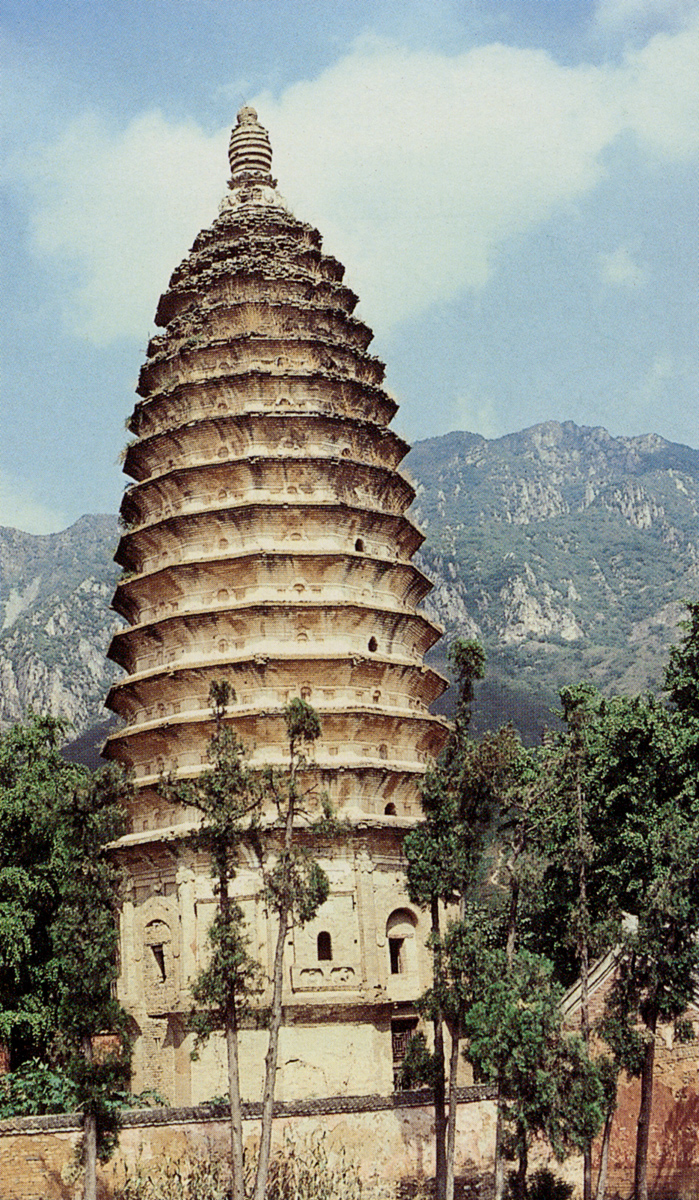Home » Events » Tracy Miller Presents Paper on Generative Design in Architecture of Medieval Chinese Buddhism
Tracy Miller Presents Paper on Generative Design in Architecture of Medieval Chinese Buddhism
Posted by vrcvanderbilt on Monday, April 9, 2018 in Events, HART, Lectures, News, VRC.
 Tracy Miller, associate professor of history of art, will present a paper, “Rethinking Creativity: Generative Design in the Architecture of Medieval Chinese Buddhism,” on April 19 at an event hosted by the Department of History of Art and Architecture, Harvard University, and moderated by Eugene Wang, Abby Aldrich Rockefeller Professor of Asian Art.
Tracy Miller, associate professor of history of art, will present a paper, “Rethinking Creativity: Generative Design in the Architecture of Medieval Chinese Buddhism,” on April 19 at an event hosted by the Department of History of Art and Architecture, Harvard University, and moderated by Eugene Wang, Abby Aldrich Rockefeller Professor of Asian Art.
The famous pagoda at Songyuesi (ca. 523 CE), located on Mount Song, near the former Northern Wei capital at Luoyang, is not only the earliest full-size pagoda extant in China, but also the only one with a dodecagonal plan. Miller will explore how a particular design strategy, traces of which can be found in divinatory devices, reliquaries, and the plans of towering Indic temples, may have been used to create the plan of the Songyuesi pagoda in an effort to imbue the structure with an inherent generative power.
“The technique may have been seen as a type of geometric ‘proof’ of the Buddhist cosmological system, providing evidence that ritual objects could be designed by humans to transmit natural, life-giving energy to those who used them,” wrote Miller, who is currently writing a monograph on the use of Indic design strategies in the Buddhist temple architecture of Early Medieval and Medieval China.
Miller’s research focuses on the impact of belief in divinity on the production of art, architecture, and spaces for spiritual encounters. Her publications include The Divine Nature of Power: Chinese Ritual Architecture at the Sacred Site of Jinci (Harvard University Asia Center, 2007), as well as articles and book chapters on ritual complexes associated with Buddhism, Daoism, and Confucianism.
*Pagoda at Songyuesi (ca. 523 CE), on Mount Song, near Luoyang; and detail

©2024 Vanderbilt University ·
Site Development: University Web Communications